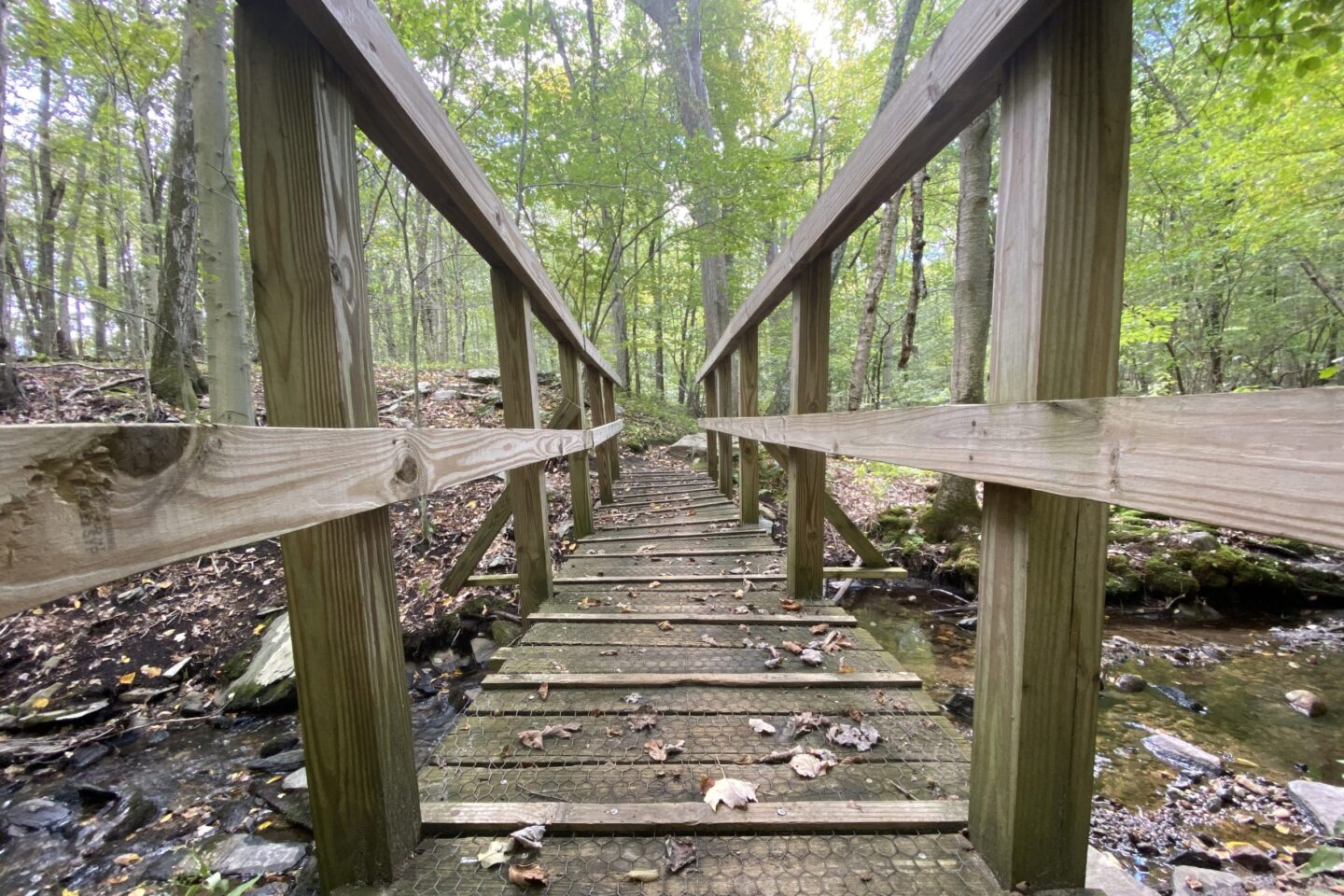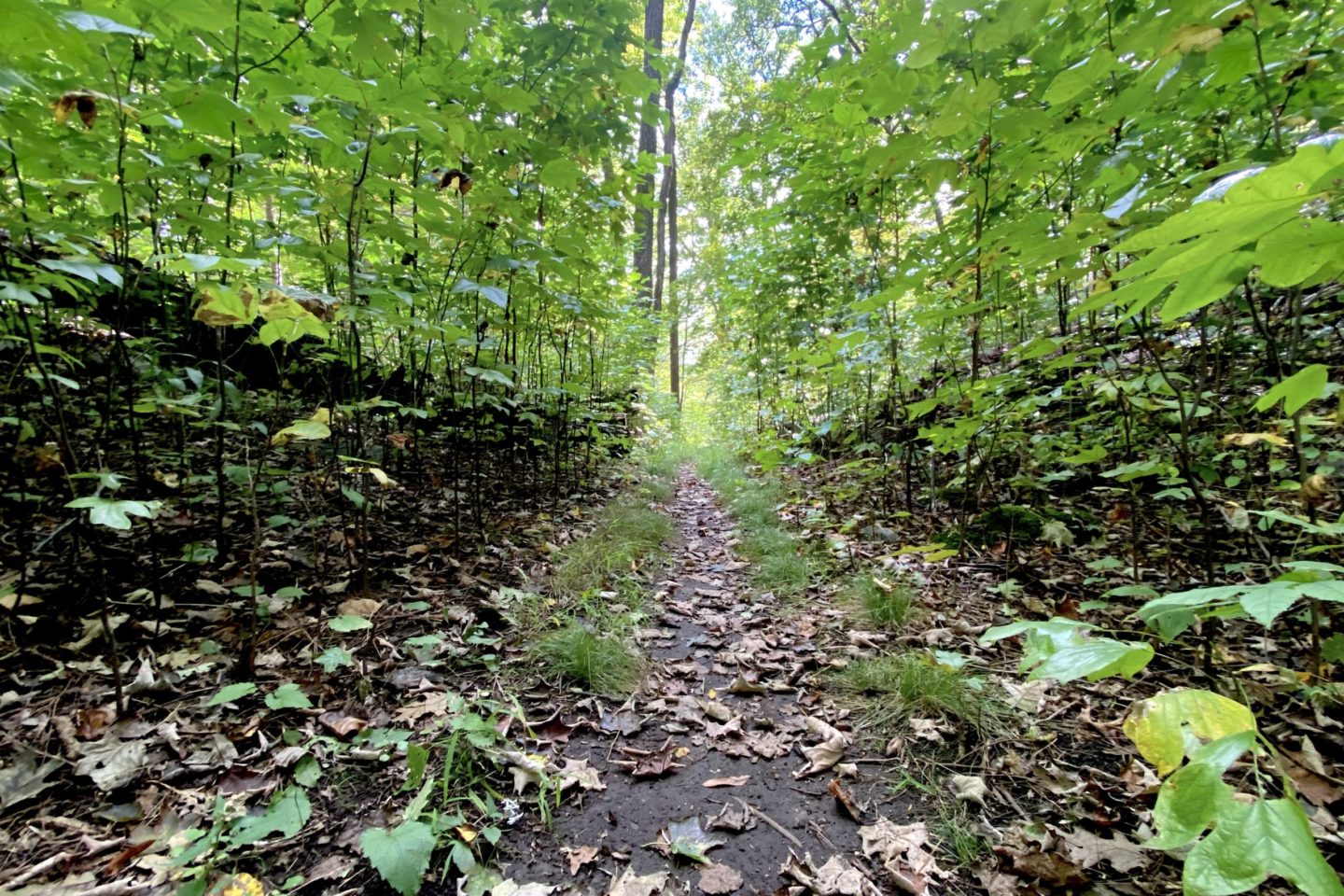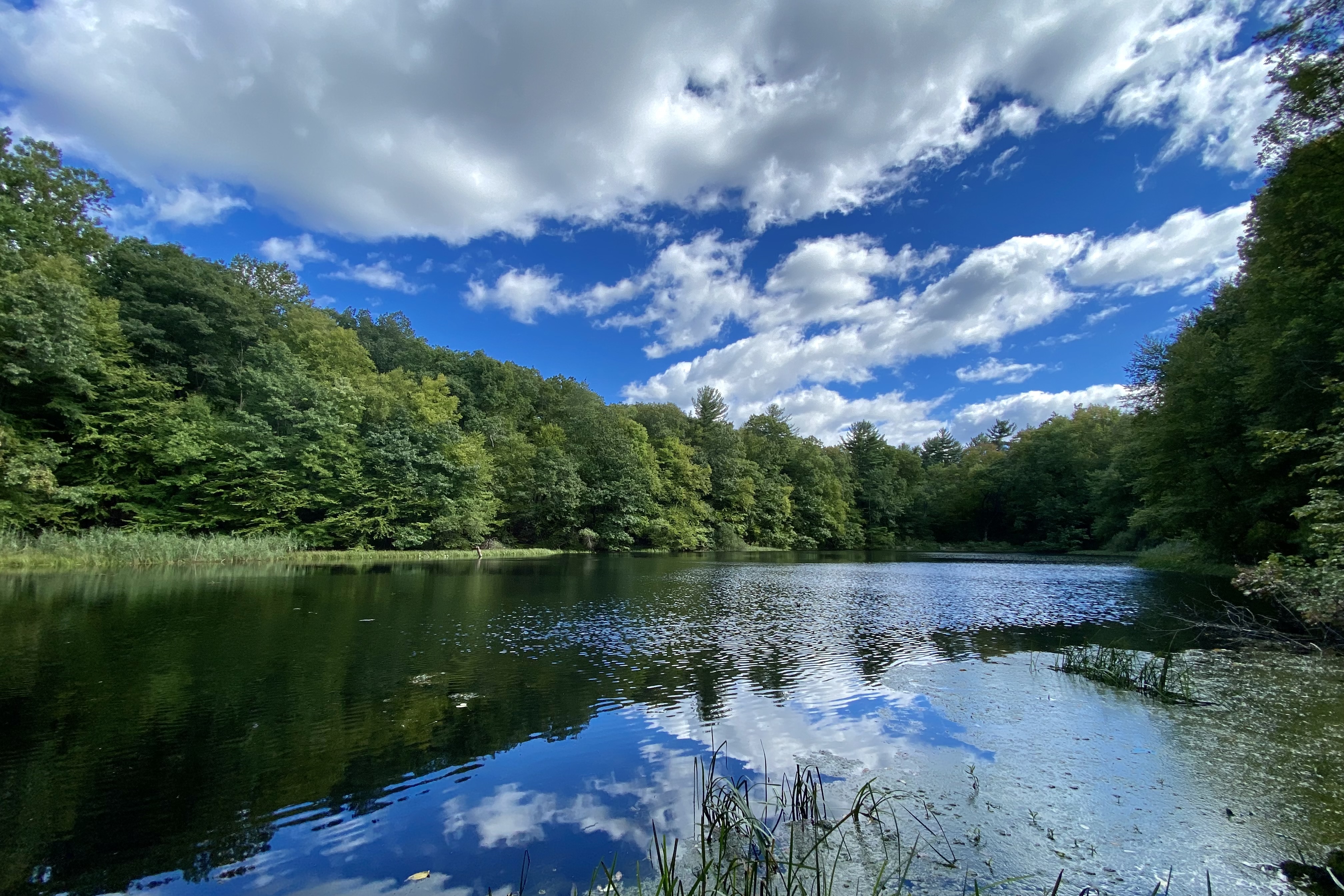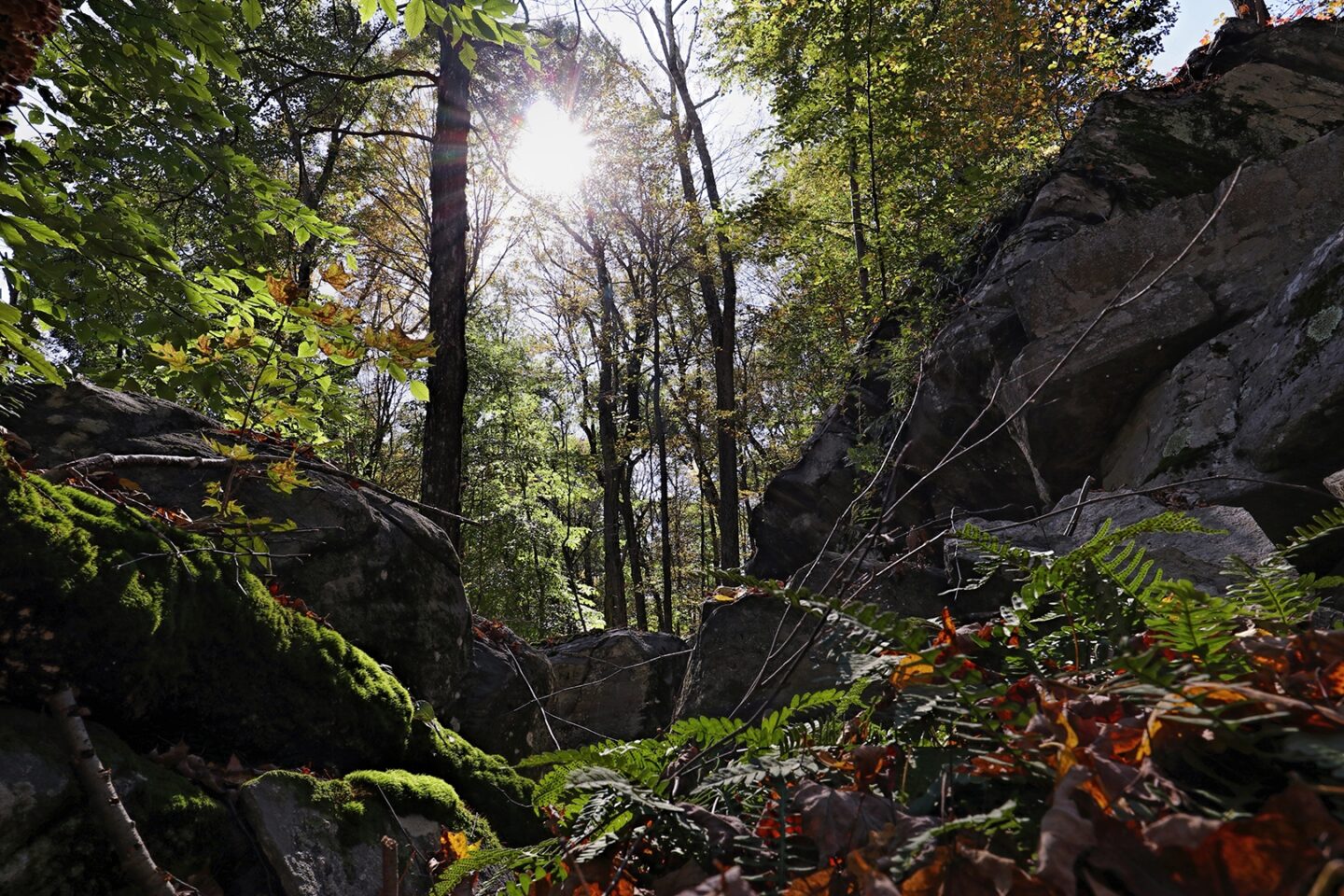5 Tips for Navigating Hiking Trails During Peak Leaf Cover Season
It’s late autumn and you’re deep into the woods of your local nature preserve, when you realize that you’re on a white marked trail instead of the red marked trail that you had originally started on. You don't remember What a scary feeling! We’ve all been there; even the most experienced hikers get lost in the woods from time to time, especially when trails are covered and leaves that mask the otherwise well-defined path.
This guide to safe hiking will highlight 5 tips for navigating trails that are either not well marked or covered in leaves and have little to no distinct path.
#1 - Come prepared
This is no easy task even for the experienced hiker because as humans, we forget things. A few hiking accessories you should never leave the house without: a backpack or synch bag to hold a water bottle, a protein-filled snack, an extra layer, a flashlight, a map of your travel area and a compass. As the seasons turn cold, days grow shorter and colder, making it all too easy to get lost on a trail and not have the proper tools to find your way back. A water bottle and snack will ensure you have supple energy on your return trip, an extra layer and
a flashlight come in hand if the sun begins to set, and a map and compass will help you navigate through the woods if you can no longer rely on trail markings. It’s important as a hiker to understand how to use a map and compass properly, and so I have attached a video explaining, in detail, how to use these tools for navigation.
Navigating Using a Map & Compass
#2 - The map
Before you begin your hike, familiarize yourself with a map of the area of interest. It’s always good to use Google as a reference and understand, if you travel off course, where your off trail hike may take you. Additionally, plan your hike ahead of time. Find a map of the trail system online and outline where you plan to hike. If your hike is more spontaneous or you forgot to print the map ahead of time, at the base of most established trail systems you’ll find a kiosk or an information building with an enlarged map of the trail system, or trail system pamphlets you can take with you on your hike. When you arrive at the trail base, it’s important to first and foremost orient yourself using the map. Familiarize yourself with where the car park and info center/kiosk is in relation to the hike you plan to do. Keep this map in a secure but accessible place to reference back to throughout your hike.
#3 - Keep your eyes open
The entire point of an established trail system is to be able to walk a defined path through the woods and easily end up where you started. However, all hiking requires some navigational abilities. It’s easy as a hiker to follow the path where the leaves are packed down and forget to look for trail markers. Personally, when I reach a trail marker, I immediately look up to try to spot the next trail marker. This is a crucial step for me on my hiking journeys to ensure I’m on the right path, especially if the ground is covered in leaves and the trail has no well-defined path. I also like to check my map after passing two or three trail markers (markers on the trails that indicate what trail you’re on, often based on a color system), just so I have some idea of where the trail is taking me and where I’m going.
#4 - Track yourself
One of the best ways to prevent being lost is to track yourself. If you mark on the map as you go, it makes it much easier to back track if you find yourself on an unintended path. It’s most helpful to mark the map after you pass trail junctions, sizable landmarks on the map, or notable changes in the trail (such as a sharp right hand turn). Frequent marking reduces the time you may have to spend backtracking if you get lost. If your map is color coded (meaning trail markers match the color of the trail on the map), you can check to make sure you’re on the right trail by matching the color of the trail on the map with the color of the trail markers on the path. As you venture the trail, it’s smart to be thinking ahead and know what you’re looking for, whether that’s a trail junction or an easily noted landmark such as a boulder.
#5 - Don’t hike alone
No one, no matter their skill level, should go hiking alone. Even in an area you know well, the chance of getting lost is not zero. At the very least, before beginning your adventure, it’s smart to give someone close to you a heads up that you will be on your latest hiking adventure!
~ Westmoreland Sanctuary Staff

Westmoreland's Brookside Trail Bridge.

Westmoreland's Fox Run Trail.
#westmorelandsanctuary #westchestercounty #environmentaleducation #explore #nature #hiking #thingstodobedford


